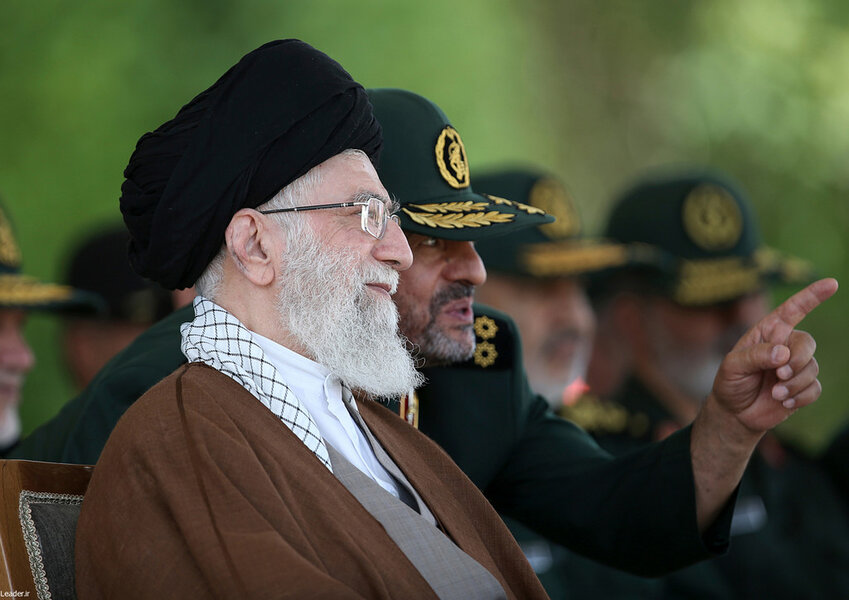The big hope behind the Iranian nuclear pact
Loading...
In what Tehran’s leaders might call an act of heroic flexibility, President Trump has decided not to blow up a 2015 deal – as he once promised – that has so far curbed Iran’s nuclear program. Mr. Trump now seems persuaded of the strategic reasons to honor the international pact. Instead, in an Oct. 13 speech, he left the issue of whether to scuttle the deal up to Congress and, by default, American public opinion.
But what are Americans to make of the deal now, especially as Iran could again become a nuclear threat? Under the pact, Iran can resume processing uranium in 2031. That “sunset” provision was the best that the West could do in the negotiations. And it represents a perception among many experts that Iran will not be nearly as dangerous in 14 years.
The deal’s success depends on deep social trends among Iranians, especially its large population of young people. Through their street protests, thirst for Western culture and ideas, and votes for moderates in rigged elections, they have shown an independence of conscience after living for decades under Muslim clerics who claim a divine right to rule.
As a leading expert on Iran, Ray Takeyh at the Council on Foreign Relations, put it recently:
“The Iranians have given up not just on the Islamic Republic, but even on religious observance, as mosques go empty during most Shia commemorations. Three decades of theocratic rule has transformed Iran into one of the most secular nations in the world. The middle class and the working poor are equally hard pressed by the regime’s incompetence and corruption. Even the senior ayatollahs are beginning to realize the toll that has taken on Shia Islam by its entanglement with politics.”
And in a recent survey of young clerics in Iran’s sacred city of Qoms, scholar Abbas Mehregan found 52.5 percent reject the use of violence to guide people to “real” Islam. (One-third do not tolerate religious diversity.)
“This implies the creation and gradual expansion of a softer interpretation of Shia Islam in Iran,” he writes. “In other words, Shia believers have a free choice in the multivocal market of religious ideas.”
Such readings of shifts in Iranian society suggest Americans should support the nuclear pact even as the United States and its allies keep Iran in check on other issues, such as the Iranian missile program and the regime’s support for terrorist groups.
Iranian-style theocratic rule, which is not popular among most of the world’s Muslims, defies a person’s capacity to live by the light of reason, faith, and a respect for equality and the opinion of others. A religion must not impose itself by coercion, only by example and peaceful persuasion.
In his speech, Trump spoke at times directly to the Iranian people. It was a wise move, one often done by his predecessors. More Iranians are eager for ideas different than the dictates of unelected theocrats.







